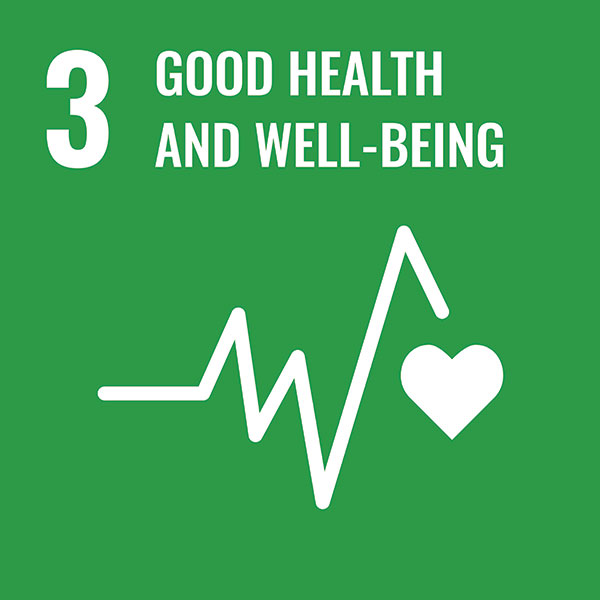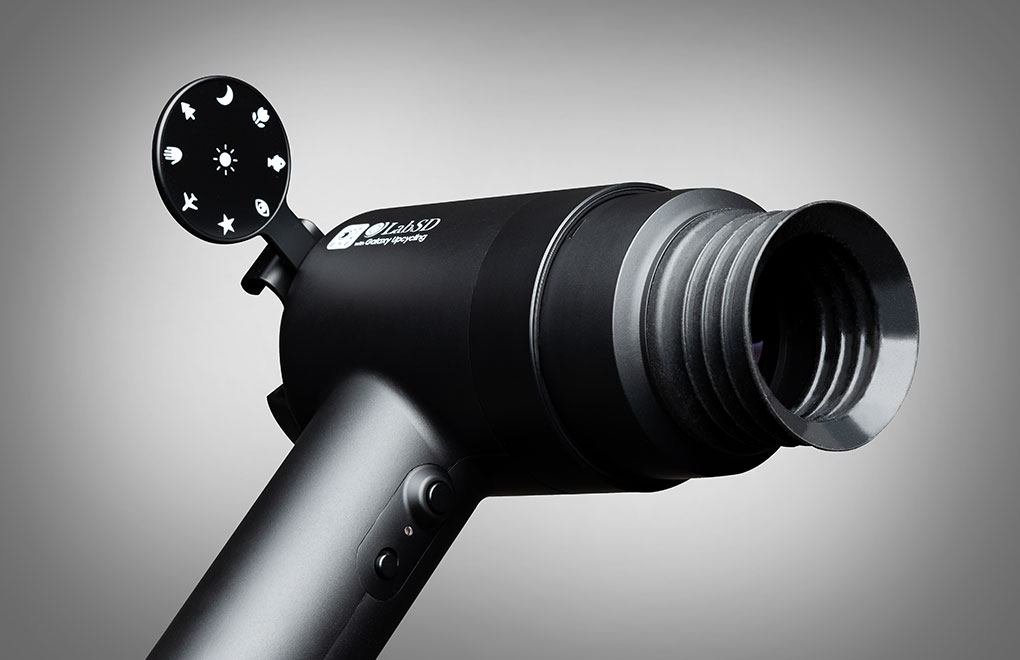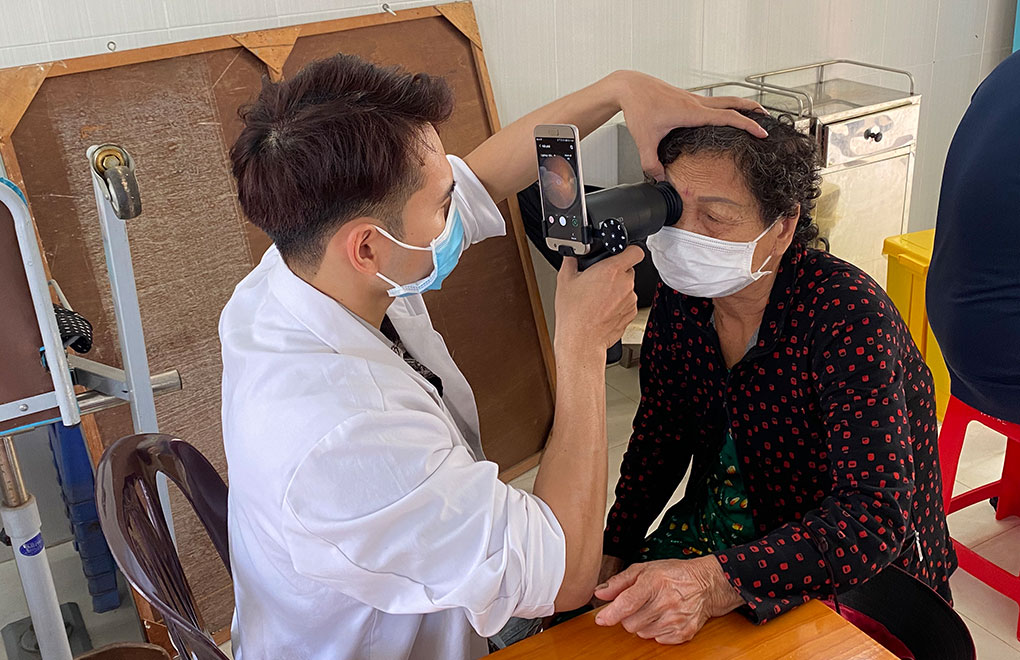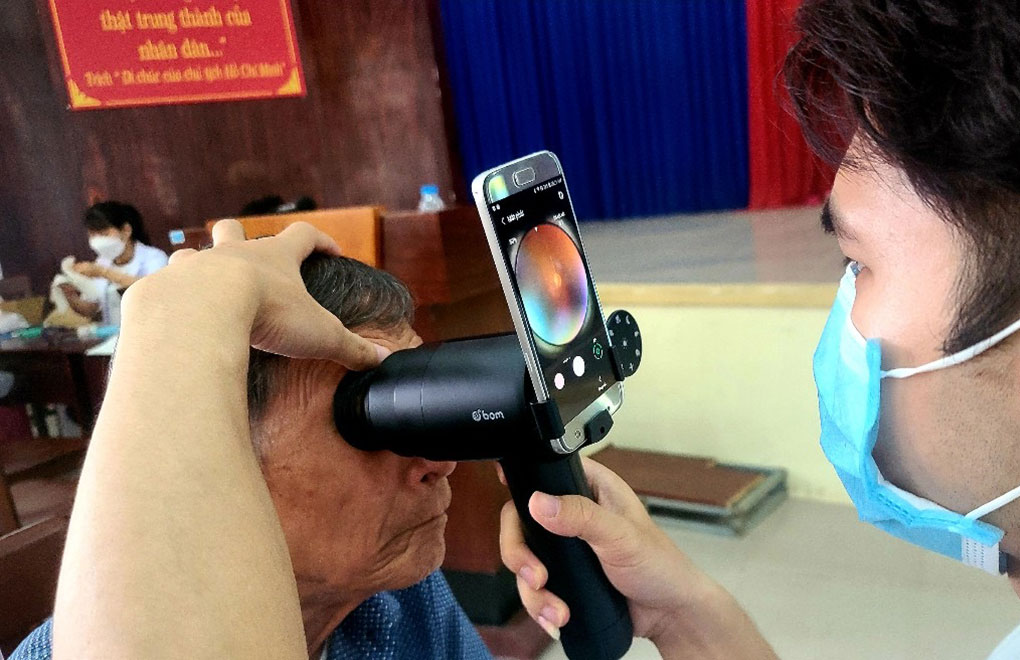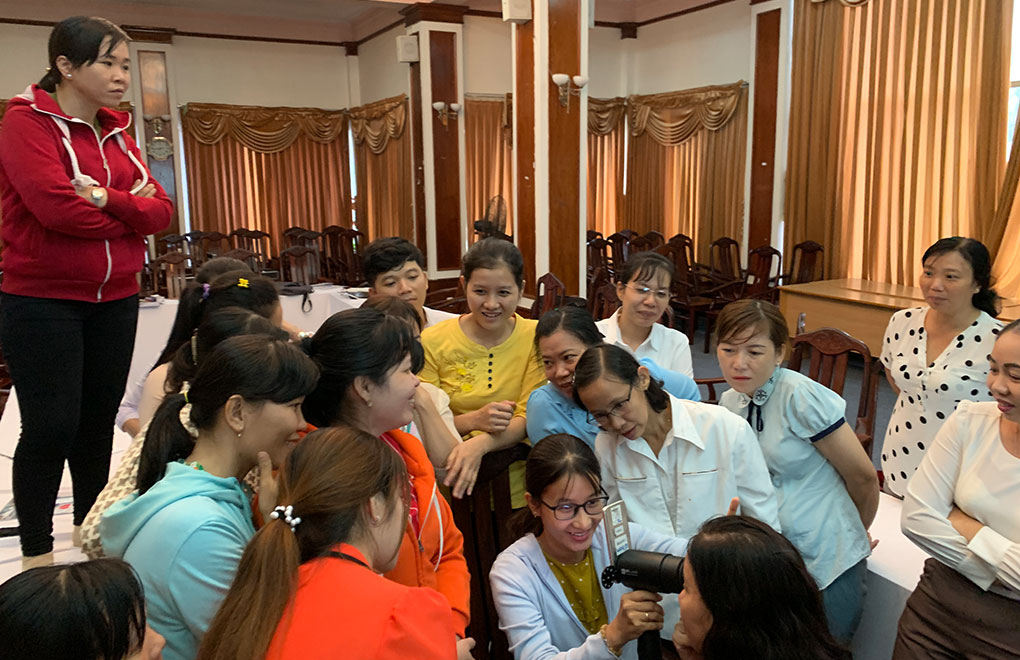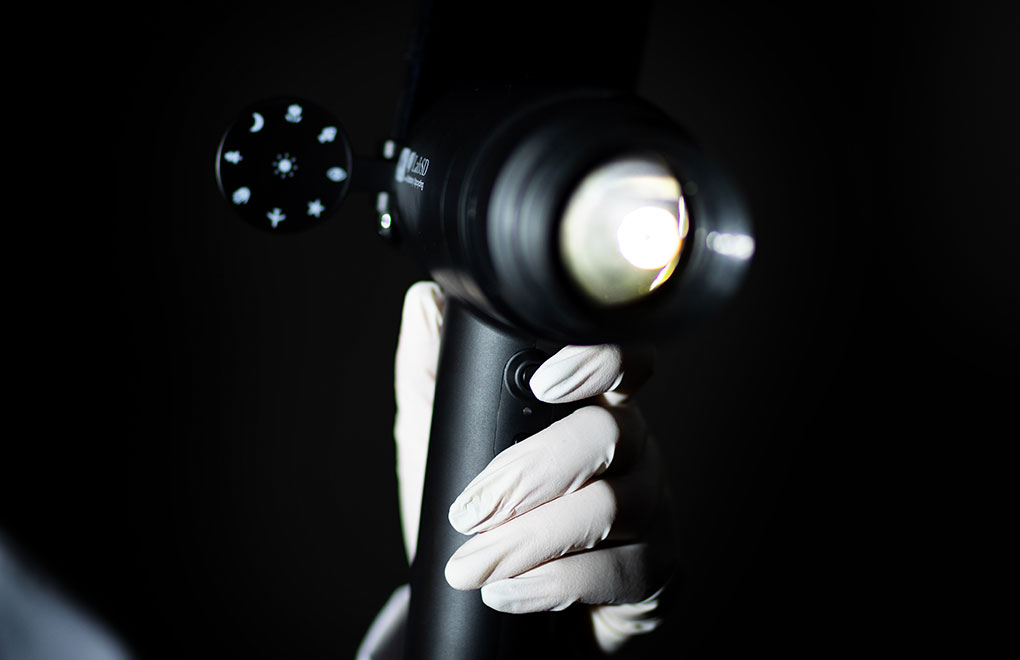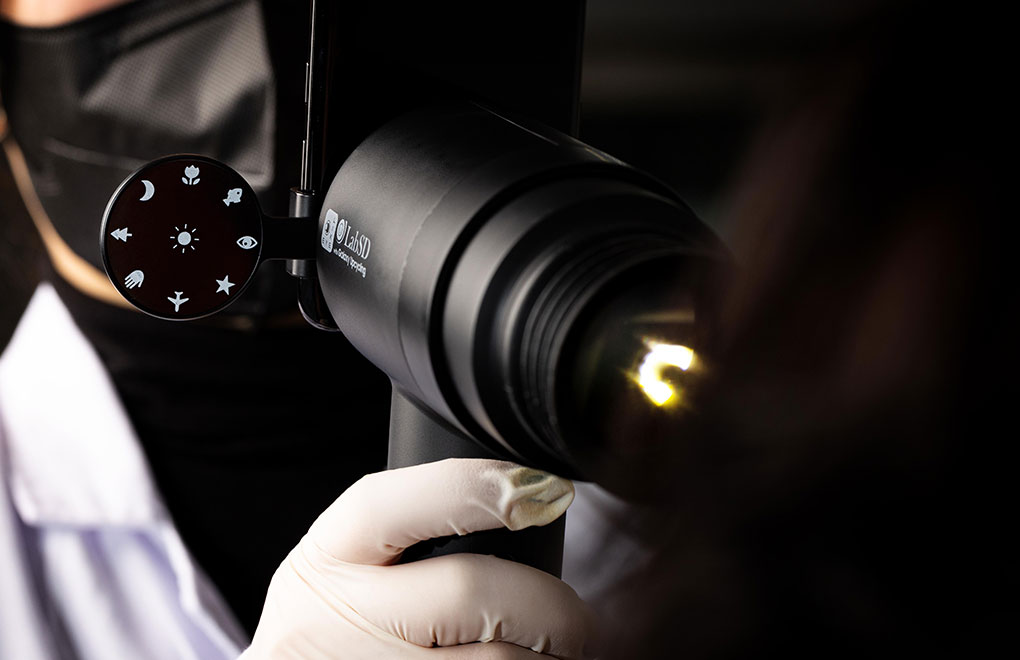Project Overview
EYELIKE is a groundbreaking platform dedicated to preventing blindness and promoting eye health in low-income and resource-poor communities. By leveraging recycled smartphones, AI-powered diagnosis, and a web-based dashboard, EYELIKE empowers local medical staff to conduct rapid and accurate eye examinations. Through an integrated online donation module, the platform fosters a global community of supporters, ensuring the sustainability of eye care initiatives worldwide.
Project Details
General Information
There are about 253 million people who are either blinded or visually impaired in the world, and 89% of them live in resource limited conditions. Most cases of blindness are chronic, which means the progression of the condition is fairly slowslow: thus, they are preventable through proper screening and treatment in early stage. However, there are challenges providing the services on time where there is a shortage of health professionals and lack of health infrastructure. This is why we call these conditions 'Avoidable Blindness.' Fundus based blindness causing eye diseases include Glaucoma, Macular Degeneration, Diabetic Retinopathy, and they are responsible for about 25% of world blindness. The EYELIKE Platform is an eco-system composed with: i) a portable, easy to use, digital ophthalmoscope (2021) attached to upcycled smartphone for the screening of retina, designed tro be used by already existing health professionals in the community; ii) Applications along with a web- based dashboard for the collection, analysis, and visualization of patient information providing teleophthalmology (2022); iii) Artificial Intelligence based Clinical Decision Supporting System (AI-CDSS:2024); and iv) Online Donation Module (2025) that connects global donors to identified patients who are financially challenged to support their complete journey of continuum of care.
Creative Solution (Creativity/Innovation)
EYELIKE Platform provides solutions emphasizing task-shifting, re-assigning parts of the highly trained ophthalmologists' roles to the health practitioners already existing at the community level in resource limited conditions. It offers efficiency and effectiveness to the organizations concerned with community eye health for their daily operations while acquiring more comprehensive and detailed health data everyday through their usage and participation. Once the righteous cycle is established with all the components in the system, the EYELIKE platform can finally connect financially challenged patients in resource limited conditions, service providers in the community, and the global donors who are willing to pay for service together.
Social Impact (Inspiration/Impact)
Since beginning of its pilot study in five different countries, about 300 mobile phones were upcycled to be a digital ophthalmoscope. The EYELIKE Platform has screened about 37,000 patients collecting about nearly 87,000 images to be used for the machine learning of the AI-CDSS. The number will be growing exponentially as there will be an official launch of the service at the beginning of 2025. On top of its impact on eye health, since vision is highly related to productivity, it will also have a meaningful impact on economy of individuals and communities, which will be measured through the impact evaluation.
Participation/Cooperation
- International Agency for the Prevention of Blindness (IAPB): Provision of directions for the application and proliferation of the new technology through collaboration with its member organizations
- Samsung Electronics: For engineering of the digital ophthalmoscope using the upcycled used smartphones
- MINTIT: For procurement and quality assurance of the used smartphones as a social enterprise that collects and resells used smartphones. In countries other than South Korea, there are other partners who plays MINTIT's role in the eco- system
- Eye Hospitals in India and Vietnam: Actual implementation of the EYELKE Platform through their vision centers and Outreach Programs
Vision for the Future
After its validation as a proper instrument for better eye health in resource- limited conditions through thorough in-depth impact evaluation, expansion to wider ASEAN countries is expected. It will be expaending globally until EYELIKE is provided at least 1 in every 50,000 population, which is the recommended number for the vision centers (primary eye health institution) by experts at WHO and IAPB. Moreover, as there are numbers of studies indicating that it is possible to screen other chronic diseases such as cardio-vascular diseases, nephrological problems, or Alzheimer's disease with fundus images, the AI-CDSS will be developed to cover such diseases.

